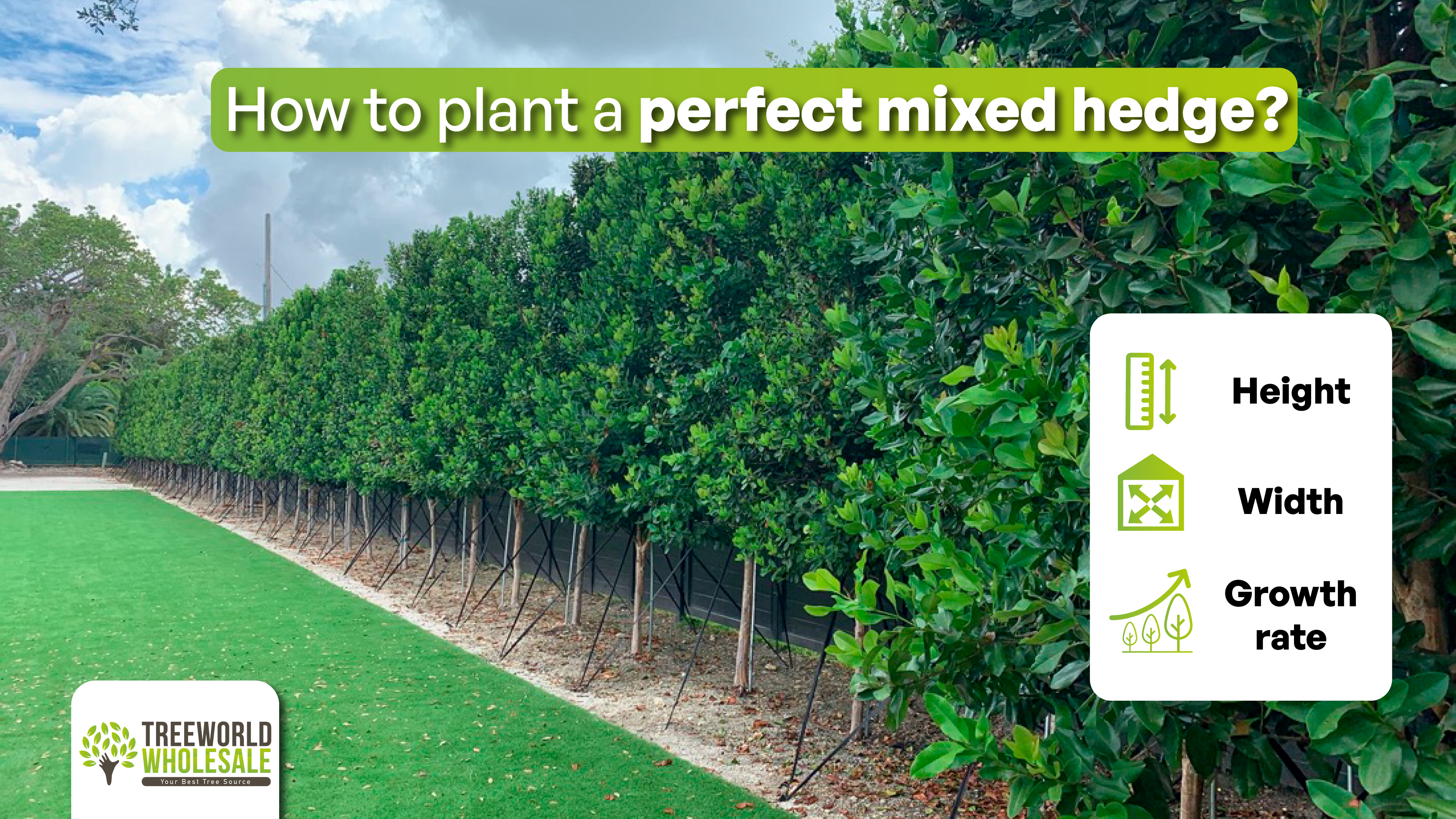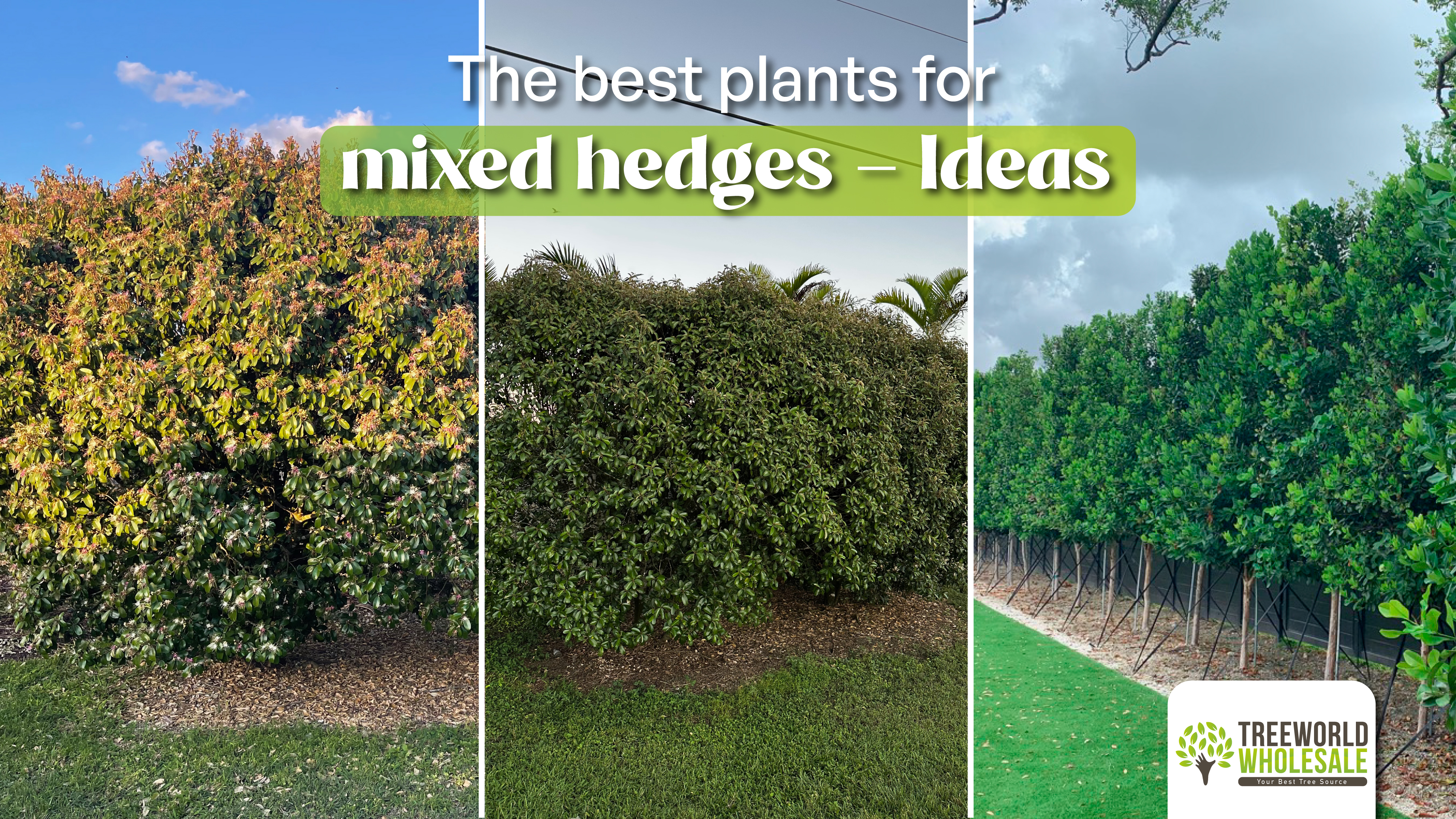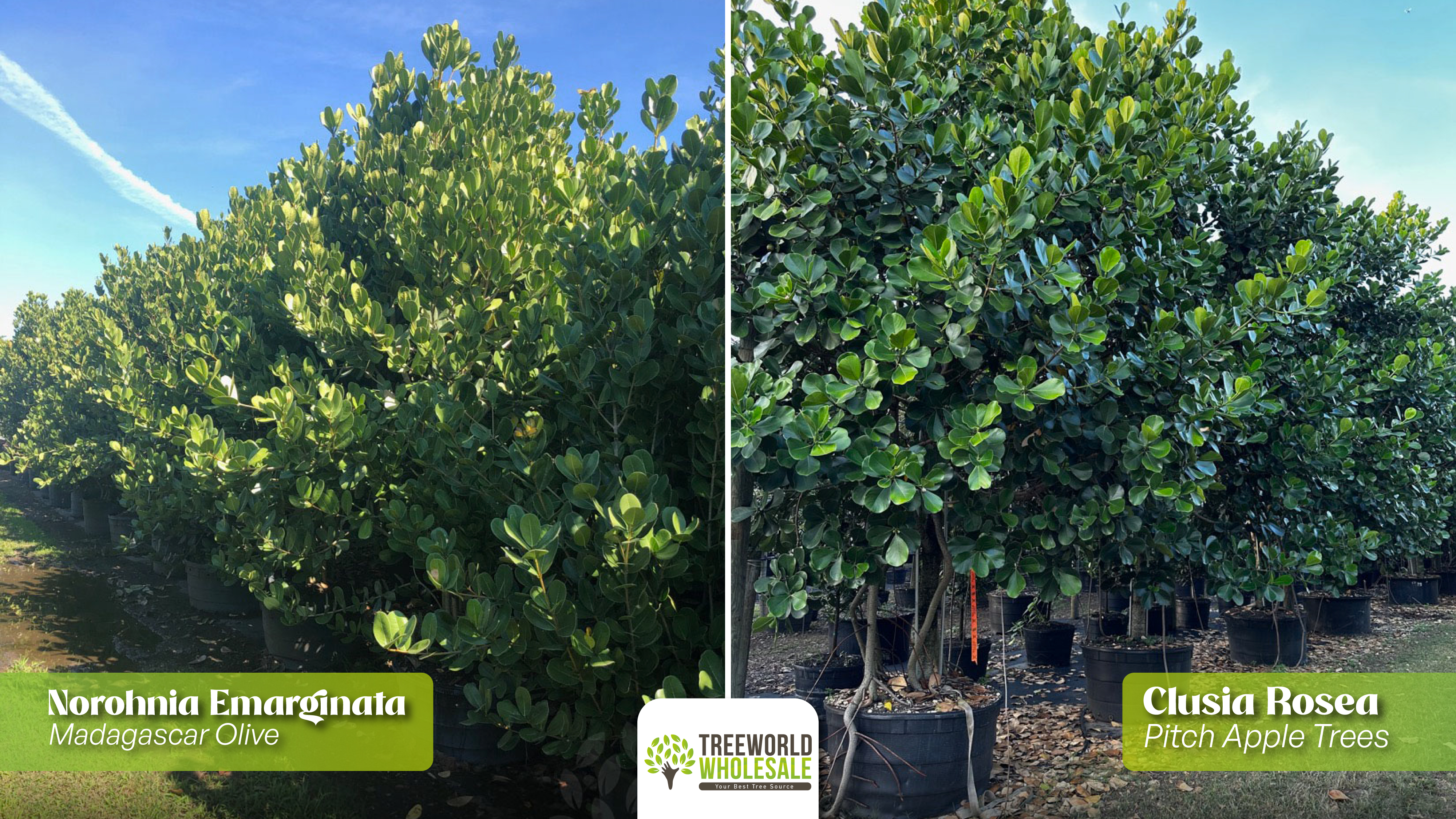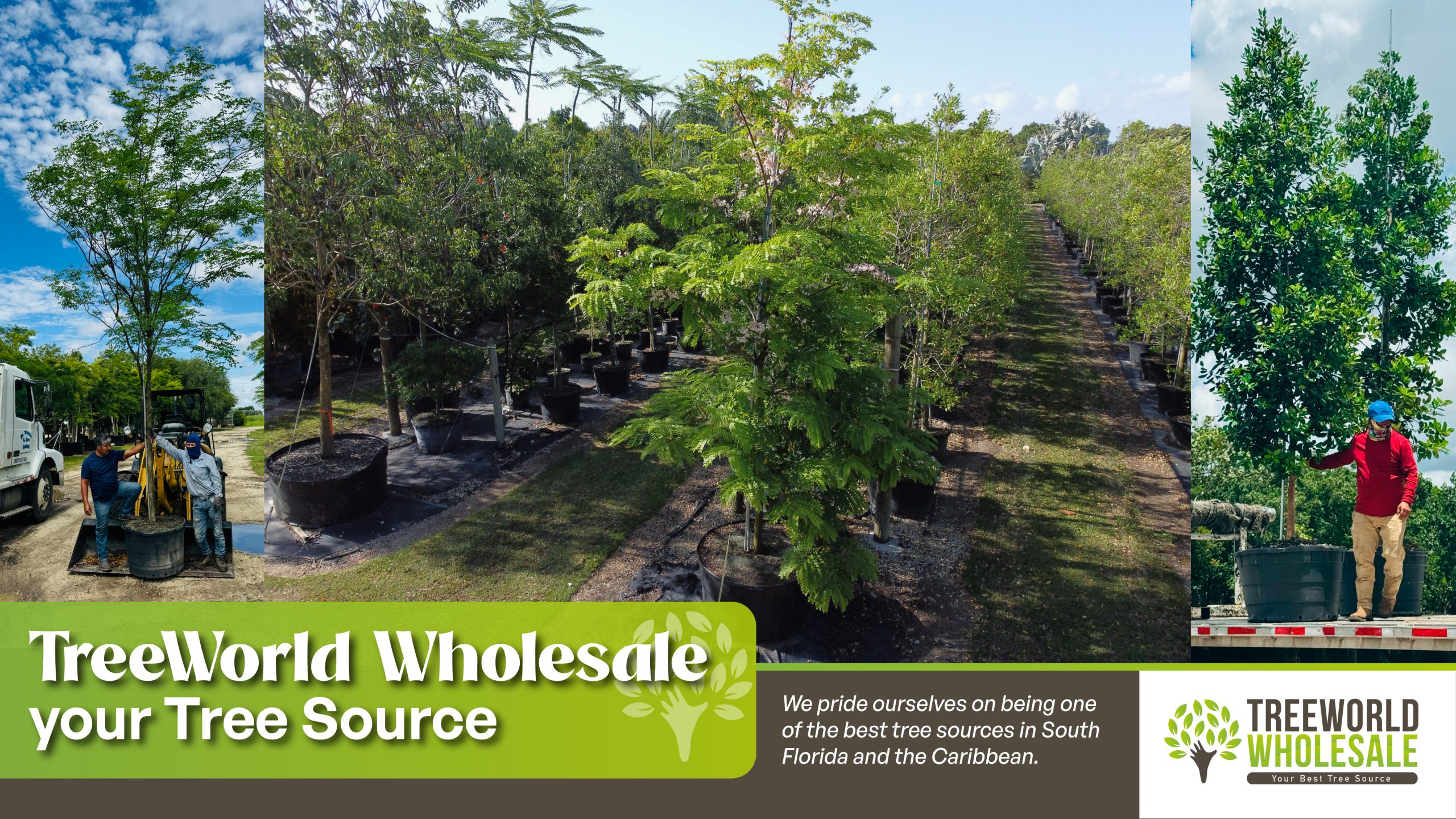Hedges play a crucial role in landscape design, particularly now when privacy buffers are essential. Homeowners are really protecting their spaces from curious eyes. Hedges, while preferred for separating or dividing areas, also offer protection against intrusions and air and sound pollution. Given this topic’s popularity, we frequently receive the following inquiries:
How to plant a perfect mixed hedge?
Depending on the nature of the landscape project, you can take several crucial steps to create your ideal hedge. For starters, select the appropriate trees. Choose plants that are well-suited to your climate, soil, and the specific requirements of your mixed hedge (height, width, growth rate, etc.). Space them correctly in your landscape plan; this is critical to avoiding overcrowding. A general formula you can look into is to divide the mature spread of the plant in two. So, for instance, if the mature spread is 6 feet, you should space the trees a few feet apart. For more information and a specification guide for our trees, check our specification guide charts. Finally, maintenance, proper pruning, watering, and fertilizing are important. By following these guidelines, you can create a beautiful and functional mixed hedge that provides privacy, defines boundaries, and enhances the aesthetics of your landscape.
Mixed Hedges
However, with that in mind, we do know that landscaping trends such as mixed hedges are moving towards more sustainable, visually interesting, and multifunctional designs. By incorporating these trends, homeowners and designers can create beautiful, environmentally friendly, and low-maintenance privacy hedges.
By adding two or more trees to your hedges, your design will benefit from a healthier and more resilient outcome. If one tree struggles due to climate change or other factors, the others can continue to flourish, guaranteeing the hedge’s continued health and functionality. Plus, since you can play around with textures, colors, and growth habits, it’s bound to be a lot more interesting.
The best plants for mixed hedges – Ideas
So, let’s address the question: Which plants are good for mixed hedges? There’s no definitive answer to this. Everything depends on the specific project and landscape goal. With a lot of creativity and experience at TreeWorld Wholesale, we’ve managed to pick some of our favorite combinations as a hopeful guide for you!
1.The best-performing hedge combination: Calophyllum Brasiliense and Bayrum Tree
Two Caribbean natives have conquered the South Florida landscape, filling our first spot of mix-and-match hedges. Their lush green foliage, alluring beauty, and top performance allow them to fit into various landscape designs.
On one hand, the Bayrum tree (Pimenta Racemosa) has a dense, columnar crown, providing structure, while the Calophyllum brasiliensis (Brazil Beautyleaf) has a dense, rounded crown, adding volume. This allows for a captivating blend of these two evergreen trees that complement each other. Plus, the fast at-first growth rate of Calophyllum brasiliensis allows the hedge to settle while the Bay rum tree contributes to the structure.
2. Airtight Windbreak: Norohnia emarginata + Clusia rosea
The combination of Norohnia emarginata (Madagascar Olive) and Clusia rosea (Pitch Apple Tree) creates a tight barrier. As they balance themselves out, they achieve a high density effect, allowing them to perform best during hard winds.
Aside from that, the foliage combination will add appeal to your hedge landscape design. Norohnia is well-known for its light green, simple, glossy, erect leaves that grow in an upward direction. Clusia rosea (Pitch Apple) distinguishes itself with its large, dark, leathery leaves.
3. A Native Blend
If you want to achieve a natural-looking, unstructured design that aims to recreate trees’ natural habitats, there is no better option than native trees. So, a winning option is to create a mixed hedge with a native blend of trees.
Some of our top favorites include the red stopper (Eugenia rhombea), a natural understory plant of hammocks with young diamond-shaped (rhombic) reddish leaves. The marlberry (Ardisia escallonioides), which is also native to Florida’s coastal hammocks, follows with its upright branches, dense foliage, and irregular shape.
Another great candidate is the round and dense Myrtle of the River (Calyptranthes zuzygium). Its low-branching habit, which features showy fruits and pink-to-white flowers, gives it a distinctive shaggy appearance. Another native tree that helps accentuate a mixed hedge is the Jamaican Caper (Capparis cynophalophora), with small, elliptical, leathery, aromatic, and colorful flowers. The flowers appear on the ends of the twigs, begin white, and gradually transform into pink and violet with prominent stamens.
The cinnamon bark (Canella winterana), with dark green leathery leaves elegantly clustered toward the branch tips, closes this native section. However, there are many more native trees available. Remember, each one of the trees mentioned above has special characteristics and unique foliage. That will lead to a great mixed hedge design.
We truly hope this quick mixed hedge guide will be helpful when choosing the perfect trees for your project. If you need further assistance or have any questions, please don’t hesitate to contact us at TreeWorld. You can reach us at 305-968-2427.












